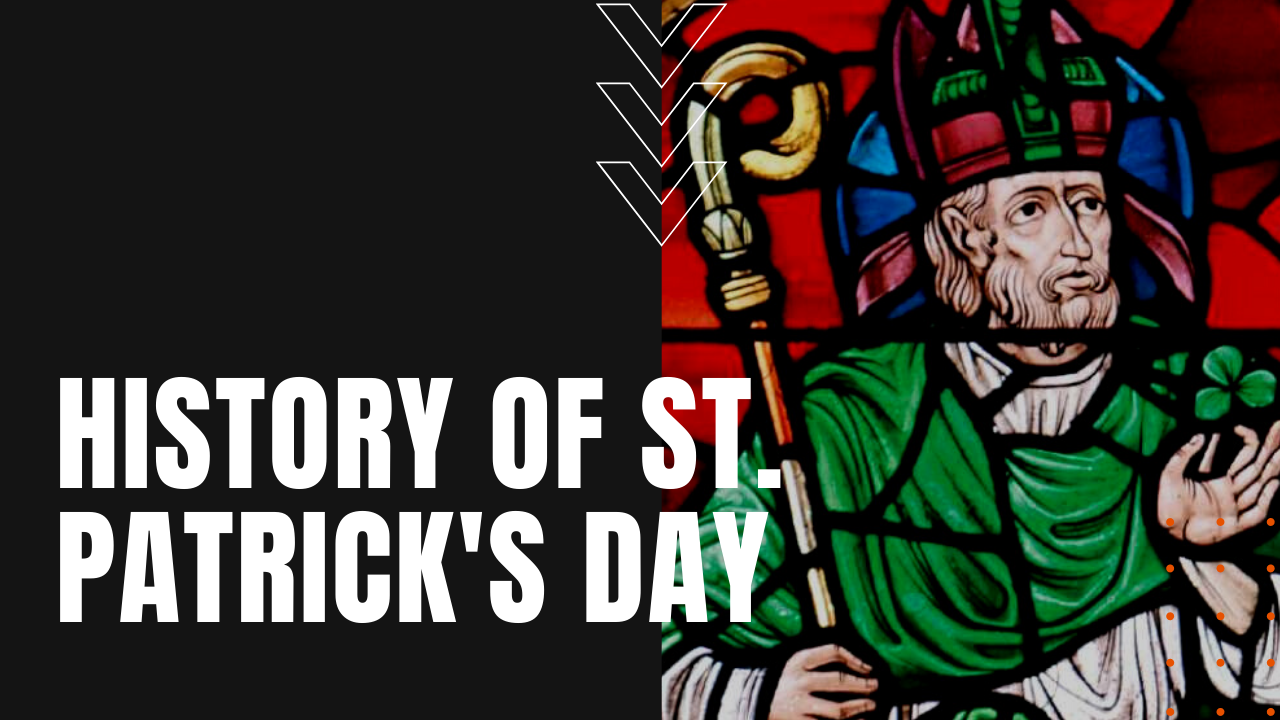History of St. Patrick’s Day

Who was Saint Patrick?
Born in fifth century Roman-controlled Britain, when St. Patrick was sixteen years old he was captured by Irish pirates and enslaved in Ireland. According to his Confessio of Patrick, after six years as a slave, God came to him and told him to flee to the coast, where a ship would be waiting to take him home.
Back on native soil, Patrick became a priest, who then returned to Ireland to convert his once pagan captors to Christianity. By the seventh century, Patrick would become revered as the patron saint of Ireland.
When is St. Patrick’s Day?
St. Patrick’s Day or Lá Fhéile Pádraig in Gaelic, is celebrated annually on March 17th, the day that St. Patrick died in circa 461 A.D.. St. Patrick’s Day was made an official Christian holiday in the early 17th century, and is celebrated by the Catholic Church, the Church of Ireland, the Eastern Orthodox Church and the Lutheran Church as a means to venerate the heritage and culture of the Irish people.
Traditional St. Patty’s Day celebrations generally involve public parades and festivals, known as céilís, and the wearing of green attire or shamrocks. Despite the historical restrictions on alcohol consumption during lent, the Catholic Church declared St. Patrick’s Day a day of exception to the lenten calendar, which has since spread the celebration to more countries than any other national festival.
While the Irish in Ireland think that their American cousins have over-commercialized St. Patrick’s Day, it is in truth the one day that everyone shares a common ethnicity—the one day when everyone has a little Irish in their blood. Erin go bragh.
